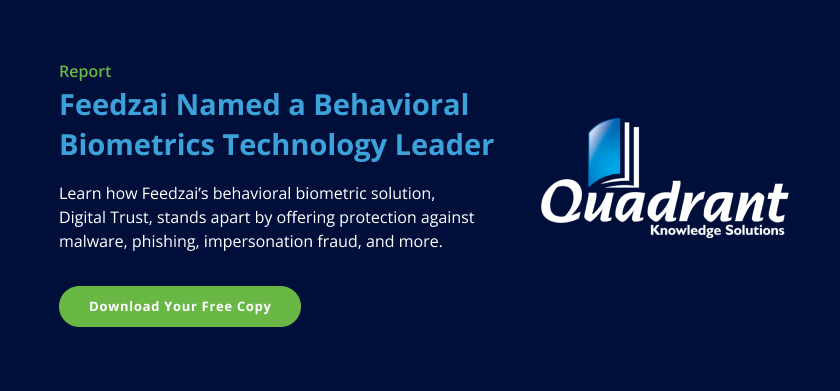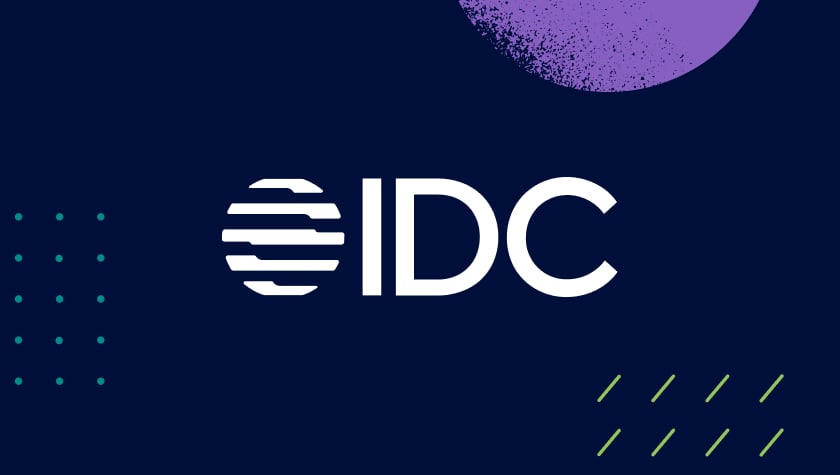When you think about the future of banking and finance, chances are AI is at the forefront of that vision. But as with all powerful tools, there’s a dual edge. On one side, there’s potential for innovation, efficiency, and enhanced customer experience. On the flip side, there are known threats, unknown threats, and numerous vulnerabilities. Today, let’s venture into that world, hand in hand, exploring the rise of Generative AI and understanding the implications it holds for economic crime.
The Rise of Generative AI
Generative AI, or GenAI for short, isn’t just another buzzword in the tech industry. It represents a transformative shift in how machines learn, create, and even interact with people. Imagine a computer system that can not only analyze and process data but also generate new realistic data that didn’t exist before. Sounds futuristic, right? But it’s happening now. From creating realistic faces to simulating entire environments, GenAI is proving its mettle.
Understanding Generative AI for Fraud Prevention
AI, particularly machine learning, isn’t a new concept in fraud prevention. Capabilities such as Feedzai’s Digital Trust are an example of a security system using machine learning to recognize everyday user behaviors – including keystroke dynamics analysis and touch gesture recognition – as authentication data. This capability goes far beyond knowledge-based inputs like passwords.
To understand the power of Generative AI in fraud prevention specifically, let’s compare behavioral biometrics and GenAI. In addition, we’ll learn how GenAI can leverage existing data sets and synthesize data when real-world examples are scarce.
Behavioral Biometrics vs. Generative AI
Both behavioral biometrics and Generative AI can play crucial roles in detecting fraud. But they do so through distinct methods.
Behavioral biometrics scrutinize a user’s distinctive behavioral patterns to identify them. This encompasses things like typing styles, mouse movements, and interactions with different applications. The key principle here is that a user’s normalized behavior can be baselined over several sessions. Once established, this baseline can be compared to the current activity in real-time to determine if any anomalies exist that could suggest account takeover fraud.
GenAI, however, represents a significant departure from traditional machine learning methods. While machine learning relies on recognizing models and patterns in historical data, GenAI harnesses the power of neural networks to generate entirely new and creative content.
Behavioral biometrics and generative AI are both clearly powerful tools. However, they have different strengths and weaknesses. It is important to choose the right tool for the job and use it with other fraud prevention measures.
Synthetic Data with Generative AI
Generative AI offers a unique capability beyond training on existing datasets: it can potentially be used to create synthetic data, addressing the challenge of scarce or insufficient real-world data for training machine learning models.
For example, in the context of fraud detection, Generative AI can be employed to produce synthetic data that mimics the behavior of fraudulent users. While not derived from actual user activity, this synthetic data simulates the patterns and anomalies indicative of fraudulent behavior. Subsequently, this synthetic dataset can train machine learning models to identify fraudulent activities in real-time.
By creating synthetic datasets using the power of Generative AI, businesses can equip themselves with insights that would have otherwise been unattainable due to data limitations. This innovative approach expands the horizons of fraud detection, allowing organizations to stay one step ahead of criminals even in data-scarce environments.
Navigating the Risks and Vulnerabilities of Generative AI in Banking
When we think of fraud, traditional methods might come to mind—phony calls, deceptive emails, or counterfeit cards. But as AI progresses, we must ask: will GenAI change the game? The potential is there. With the ability to simulate voices, craft realistic messages, and even predict behavior, Generative AI could elevate economic crime to levels we’ve never seen before.
Beyond the traditional scams, newer, more technologically advanced threats are on the horizon. Imagine cyber-attacks powered by AI that can learn from defenses in real-time, adapting and evolving to bypass even the most secure systems. Or consider deepfakes—compelling fake videos or audio recordings—used to deceive or manipulate. These aren’t just plot points in a sci-fi novel; they’re real challenges financial institutions may face.
Near-Term Fraud Risks Posed by Generative AI
- Deepfakes: GenAI can be used to create deepfakes, which are highly realistic fake videos or audio recordings. Deepfakes could be used to impersonate bank executives, customers, or even family members to commit fraud.
- Scams: GenAI can also make scams highly convincing and lure unsuspecting victims into sharing revealing information or money. There are already stories of scammers preying on teenage boys by trapping them in sextortion or sexting scams. GenAI has the power to amplify these tactics.
- AI-powered phishing: GenAI can be used to create more sophisticated phishing attacks. For example, GenAI could create personalized phishing emails that are more likely to fool victims.
- Synthetic data fraud: GenAI is also capable of generating synthetic data that can be used to commit fraud. Criminals can use Generative AI algorithms to create synthetic data resembling genuine financial transactions, including fake account details and transaction histories. These synthetic data sets may appear real to human observers, and basic automated checks to help with authentication in the case of account opening, for example.
Long-Term Fraud Risks Posed by Generative AI
- AI-powered malware: GenAI could be used to develop new malware formats that are more difficult to detect and remove. We are already seeing evidence of this via malign equivalents of ChatGPT, such as FraudGPT or WormGPT.
- FraudGPT can generate deceptive content for various cyberattacks, such as crafting phishing emails, creating fake documents, and identifying vulnerabilities – effectively giving inexperienced criminals access to advanced fraud tools.
- WormGPT, meanwhile, can create convincing phishing emails, including business email compromise (BEC) and text messages and writing malicious code.
- AI-powered insider threats: GenAI could be used by insiders to commit fraud or steal data. For example, an insider could use GenAI to generate synthetic data that masks their fraudulent activity.
However, it’s not all doom and gloom. By recognizing these threats, we’re already taking the first step to defend against them.
Strategies for Defending Against GenAI Fraud and Financial Crime Threats
Many banks’ defense mechanisms are effective (though not always efficient), but the challenge lies not just in defending against current threats but in anticipating and preparing for future ones. Being reactive is no longer enough; banks and financial institutions must be proactive. Here are five strategies for how they can do just that.
1. Education & Training
The first line of defense against any threat is awareness. Regular employee training sessions on the latest GenAI threats can help banks stay proactive. This includes understanding the potential of deepfakes, AI-powered phishing attempts, and other evolving threats. It is also essential to educate consumers on the risks posed. Effective education and awareness, if done well, can make customers your first line of fraud defense.
2. Enhanced Verification Protocols
With GenAI’s ability to simulate voices or create realistic messages, banks should consider adopting multi-factor authentication and layered verification processes, ensuring that transactions and high-risk activities undergo rigorous checks.
3. Real-time Monitoring & Analytics
Implementing systems that monitor transactions in real-time can help detect unusual patterns. Advanced analytics and machine learning can flag anomalies, helping banks take immediate action. GenAI will increase the volume of fraud (fraud rate) at a bank. Therefore, a system that can handle this increase, scaling accordingly while effectively detecting behavioral anomalies, will be vital.
4. Collaboration & Shared Intelligence
Collaborating with other financial institutions, tech companies, and cybersecurity firms can provide a broader perspective on emerging threats. Shared intelligence networks and insights from outside the bank’s domain, such as social media or telco companies, can offer insights into new fraud techniques and defense strategies.
5. Investing in Research & Development
Staying proactive means continuously evolving. Investing in R&D can help banks develop in-house solutions tailored to their unique challenges. Tools like Feedzai’s FairGBM, ensuring fairness and addressing potential vulnerabilities, are prime examples of what R&D can achieve. To have the most comprehensive fraud controls, the bank must look at the now and the years into the future.
In addition to the above strategies, banks should work to stay ahead of the curve in the fight against GenAI fraud by investing in research and development and developing contingency plans in case they fall victim to a GenAI fraud attack.
Future-Proofing Against GenAI Crimes
The landscape of economic crimes is evolving, and so must our strategies. Banks need to invest in continuous learning, R&D, and collaboration. An ideal operating model would be one that’s agile, adaptive, and anchored in ethical considerations. As for the skills required, it’s a blend of data science, fraud expertise, behavioral psychology, and more.
The journey through the world of GenAI is one of continuous discovery. By embracing AI-powered solutions, adhering to ethical guidelines, and fostering a culture of innovation, banks can defend against GenAI threats and lead the charge in shaping a fair, secure, and prosperous financial future.
Stay updated on the latest in AI and banking, and remember: With great power comes great responsibility. Let’s use GenAI responsibly and ethically.
Share this article:
Daniel Holmes
Dan Holmes is a fraud prevention subject matter expert at Feedzai. He has worked in the fraud domain for over 10 years and strategizes product direction in line with future market trends and collaborates globally with banks on a variety of fraud challenges. Dan covers a wide range of topics, including fraud risks, fraud technology, and shifting regulations.
Related Posts
0 Comments6 Minutes
A Guide to Secure, Seamless User Authentication in Payments
Online payments demand a delicate balance between security and user experience. Consumers…
0 Comments7 Minutes
Combating Emerging Scams in the Philippines
The Philippines is witnessing remarkable growth in digital banking. Unfortunately, a…
0 Comments5 Minutes
Feedzai is a Leader in the 2024 IDC MarketScape for Enterprise Fraud Solutions
Exciting news! Feedzai, the world’s first RiskOps platform, is proud to have been named a…


